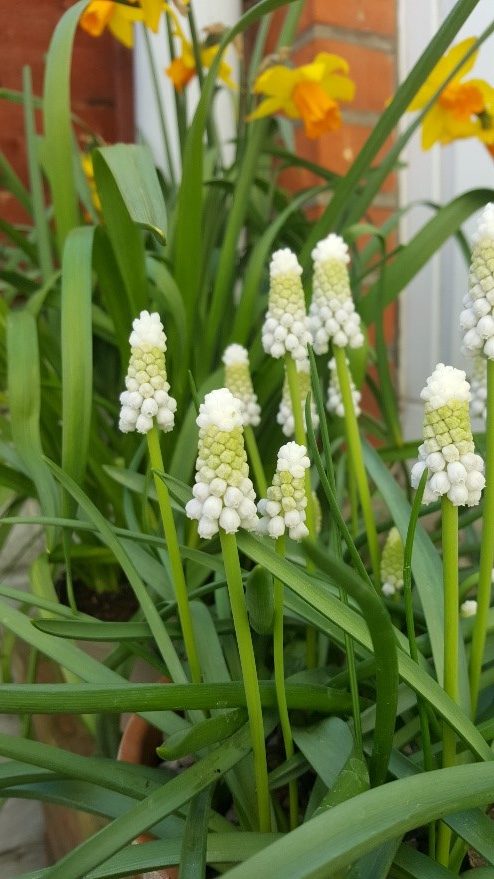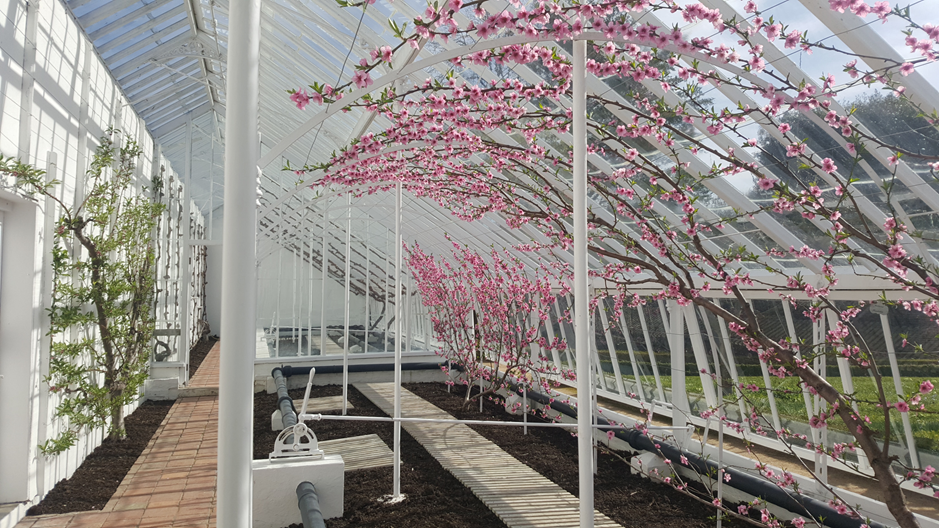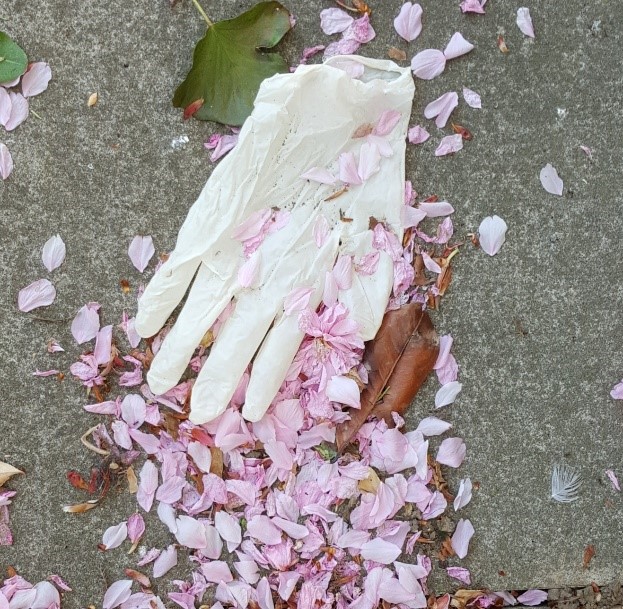Spring is always the most hopeful time of year, full of anticipation, when buds burst, bulbs emerge from frozen soil and life in earnest starts again. In the autumn I always try and plant some spring-flowering bulbs to help remind me that no matter how long, dark and cold the winter months may seem; spring will always come. The first time I spot their green shoots poking through the soil is an assurance that it is on its way. This spring has been unlike any other I have known and those green shoots have been even more important symbols of regeneration. In our last blog, Davon wrote about how he valued his daily walks during the lockdown (Read it here), but for me it was seeing the incremental changes in my own small garden. While trees and plants were waking up outside the human race was largely confined indoors.

Just before lockdown we visited West Dean Gardens near Chichester where the nectarines in the refurbished glasshouses were in flower, covered in delicate pink blossom. There is always something very special about seeing trees swathed in spring blossom, whether it is the early native blackthorn of the hedgerows or the cherry blossom in front gardens and parks. This year more than ever has it been a reminder of the beauty and fragility of life that the Japanese refer to as ‘mono no aware’ and which is an intrinsic element of their cherry-blossom viewing.

Elsewhere, despite the ravages of the current pandemic the natural world continues without us; birds migrate, bulbs flower and dolphins even return to Venice.
As the advert for the RSPB says; “nature will come”.
One of the surprising side effects of the pandemic has been the rush by people to buy seeds and plants online with seed houses having to limit orders because they were becoming overwhelmed by the volume. It is not clear whether this was a resurgence of the wartime ‘Dig for Victory’ campaign bolstered by food shortages, a collective need for the restorative benefits of gardening, or simply because garden centres were closed. Whatever the cause, it became clear that lots of people were buying (and hopefully) planting lots of seed.
At the other end of the scale from my window-sill pots of seeds and edible sprouts our work as landscape architects is deeply rooted in hope. Hope that our interventions may halt climate change, provide habitat for wildlife or simply provide places for people to live, walk and play. Every time we start a new project the motivation could be summed up by asking “How can we make it better?”. More than ever, once the current crisis has passed, we will be looking with new eyes at the importance of open spaces and remembering how important nature is to our well-being and the crucial role we, as landscape professionals, play in that.

